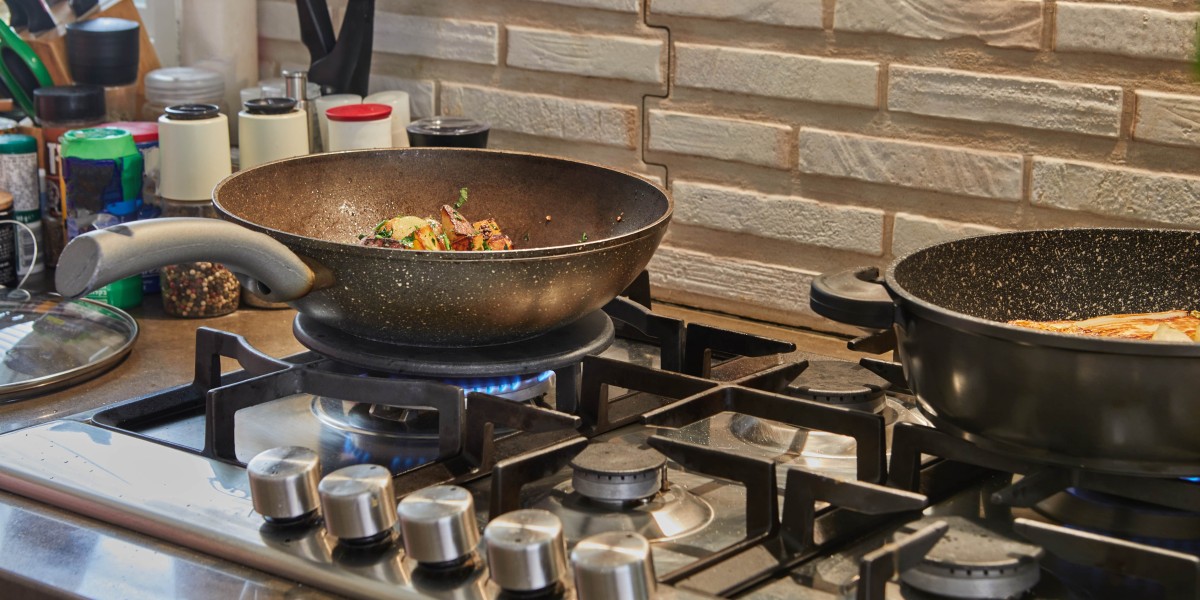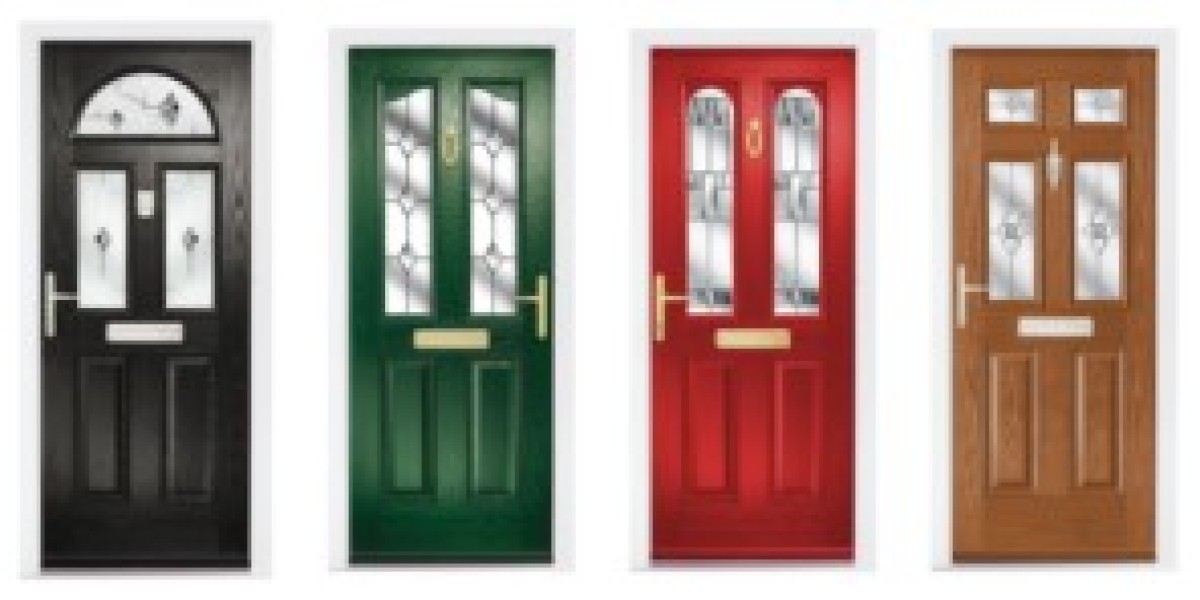The Purrfect Passage: Expert Tips for Cat Flap Installation
For cat owners, the desire to offer their feline companions with liberty and independence while maintaining the security and convenience of their home is a common aspiration. A cat flap, apparently a simple service, uses simply that-- permitting your cat to come and go as they please without requiring you to play doorman. However, a badly set up cat flap can result in draughts, security vulnerabilities, and annoyed felines. For that reason, comprehending the subtleties of cat flap installation is crucial for both your cat's wellness and your assurance.
This short article serves as a thorough guide to 24/7 cat flap installer flap installation, offering expert tips and suggestions to ensure a smooth and successful project. Whether you're a seasoned DIY enthusiast or a first-timer, this guide will equip you with the understanding to develop the purrfect passage for your cherished cat.
Selecting the Right Cat Flap: The First Step to Success
Before you even think of tools and design templates, it is crucial to select the right cat flap for your needs and your home. The marketplace uses a diverse range of alternatives, each with its own set of features and advantages. Consider these aspects when making your choice:
- Type of Cat Flap: Cat flaps are not a one-size-fits-all service. They come in different types, each providing various levels of security and benefit:
- Standard Manual Cat Flaps: These are the most basic and most cost effective options, permitting any cat (or little animal) to go into and exit. They are ideal for low-security environments.
- Magnetic Cat Flaps: These flaps respond to a magnet attached to your cat's collar. They use slightly better security by avoiding stray animals from going into.
- Infrared Cat Flaps: Similar to magnetic flaps, these use an infrared sensor that checks out an unique collar tag. They are more safe than magnetic flaps and less prone to interference.
- Microchip Cat Flaps: The most advanced choice, these flaps are activated by your cat's special microchip, making sure just your pet can acquire entry. This uses the highest level of security and control, preventing unwanted animals from entering your home.
- Product and Durability: Cat flaps are usually made from plastic or aluminium.
- Plastic flaps are usually more affordable and lighter however may be less durable and more vulnerable to weathering.
- Aluminium flaps are more robust, weather-resistant, and protected, often featuring a stronger locking system.
- Size of Your Cat: Ensure the flap opening is large enough for your cat to go through easily without struggling. Consider your Cat Flap Installers Nearby's size and type when selecting. Procedure your cat from chest to ground and add a couple of inches for comfy clearance.
- Installation Location: Where will you be setting up the cat flap? Doors, walls, and windows each present various installation challenges and need particular kinds of cat flaps or additional accessories like tunnels for thicker walls.
- Budget plan: Cat flaps vary in price from basic manual models to modern microchip versions. Set a budget and think about the long-lasting worth and security advantages when making your choice.
Preparation is Paramount: Setting Yourself Up for Success
As soon as you have actually picked the ideal cat flap, appropriate preparation is key to a smooth installation. Hurrying into the process can cause errors and frustration. Make the effort to plan and gather everything you require beforehand:
Choosing the Right Location: Carefully consider the area for your cat flap.
- Security: Choose a location that is not quickly available to burglars and preferably away from public view.
- Accessibility for Your Cat: Ensure the location is quickly accessible for your cat, both within and outside. Think about the height from the ground and any challenges.
- Convenience for You: Select an area that is practical for access and maintenance but does not disrupt the flow of your home.
- Preventing Utilities: Check for any concealed wires, pipes, or structural components within the wall or door where you plan to install the flap.
Collecting the Necessary Tools and Materials: Having all the right tools at hand will make the installation process much simpler. Vital tools normally include:
- Cat flap set: This need to include the cat flap itself, a template, screws, and possibly a tunnel extension depending on the design and installation type.
- Pencil and ruler/tape procedure: For marking and determining accurately.
- Drill: With suitable drill bits for pilot holes and potentially bigger bits for cutting if required by your selected technique.
- Jigsaw or Keyhole saw: For cutting the opening for the cat flap (depending upon product and installation approach).
- Screwdriver: To secure the cat flap in place (typically a Phillips head screwdriver).
- Security glasses and gloves: For safety during cutting and drilling.
- Sealant (optional): To seal around the cat flap and avoid draughts and water ingress, particularly for external doors and walls.
- Spirit level (optional): To guarantee the cat flap is installed directly.
Measuring and Marking: Accuracy is vital for a correct fit.
- Utilize the template provided: Most cat flap packages feature a template. Utilize this to accurately mark the cutout location on your picked area.
- Consider your bespoke cat flap installation's height: Position the design template at a suitable height for your cat. The bottom of the flap must be low enough for comfortable entry and exit however not too low that it permits rain or dirt to enter quickly.
- Double-check measurements: Before you start cutting, verify all your measurements and markings to avoid errors.
Step-by-Step Installation in a Wooden Door (Example)
Installing a cat flap in a wooden door is a typical DIY task. Here's a basic detailed guide:
- Mark the Cutout: Tape the template offered with your cat flap kit onto the door at the wanted area. Use a pencil to trace the overview of the design template onto the door.
- Drill Pilot Holes: Using a drill and a drill bit slightly bigger than the width of your jigsaw blade (or keyhole saw), drill pilot holes at each corner of the significant summary and possibly a couple of along the straight edges to make beginning the jigsaw much easier.
- Cut the Opening: Using a jigsaw or keyhole saw, thoroughly cut along the significant outline, linking the pilot holes. Take your time and follow the line accurately. Ensure you use shatterproof glass and gloves throughout this action.
- Test Fit and Sand (if needed): Before fully inserting the cat flap, test fit it in the opening. If it's too tight, gently sand down any rough edges of the cutout until the flap fits comfortably.
- Insert and Secure the Cat Flap: Place the two halves of the cat flap (inner and outer frame) into the opening from either side of the door. Line up the screw holes.
- Screw Together: Using the screws provided, tighten the 2 halves of the cat flap together. Do not overtighten, as this might damage the door or the cat flap.
- Seal (Optional): Apply sealant around the edges of the cat flap where it satisfies the door frame for added weatherproofing and insulation.
Installation Considerations for Different Materials
While wood doors are reasonably uncomplicated, setting up cat flaps into other materials needs different approaches:
- Glass Doors and Windows: Installing a cat flap in glass needs specialized tools and competence. It is highly advised to hire a professional glazier to cut and set up a cat flap in glass. Attempting this yourself can be harmful and dangers shattering the glass.
- UPVC Doors: UPVC doors typically have actually strengthened panels or might include metal parts. Installation can be complex and might require professional support. Carefully examine the door's building before attempting DIY installation or seek advice from the door producer's guidelines.
- Walls: Installing a cat flap in a wall needs producing a tunnel through the wall thickness. This usually includes acquiring a tunnel extension kit that matches the depth of your wall. The installation process is comparable to door installation however requires careful planning and possibly more substantial cutting and sealing.
Post-Installation Tips: Welcoming Your Cat to Freedom
When the cat flap is installed, the job isn't quite finished. Here are some tips for assisting your cat adjust and maximizing your new cat flap:
- Introduce the Cat Flap Gradually: Don't expect your cat to utilize the flap right away. Start by propping the flap open and motivating your cat to stroll through it with treats and positive reinforcement.
- Tempt with Treats and Toys: Place deals with or toys on either side of the flap to incentivize your cat to check out and use it.
- Patience is Key: Some cats adjust rapidly, while others might take time. Be client and avoid forcing your cat through the flap, which can develop unfavorable associations.
- Inspect for Draughts and Security: After installation, look for any draughts or gaps around the cat flap. Ensure it is safely fitted and operating correctly.
- Regular Maintenance: Keep the cat flap clean and without particles. Periodically inspect the locking system and hinges to ensure they are functioning efficiently.
By following these tips and taking your time with the installation process, you can produce a safe, convenient, and welcoming cat flap for your feline friend, improving their flexibility and enhancing their life while keeping the comfort and security of your home.

Regularly Asked Questions (FAQs) about Cat Flap Installation
Q: Can I set up a cat flap in any door?
A: While cat flaps can be set up in many types of doors, some require more specific techniques or professional help. Wood doors are the easiest for DIY installation. Glass doors and UPVC doors may require professional installation.
Q: How high should I install a cat flap?
A: The ideal height depends on your cat's size, however usually, the bottom of the flap should be around 10-15 cm (4-6 inches) from the ground. This enables most felines to travel through easily without needing to crouch too low.
Q: What tools do I actually require for cat flap installation?
A: Essential tools consist of a drill, jigsaw or keyhole saw, screwdriver, pencil, ruler/tape step, and shatterproof glass and gloves. A sealant gun and sealant are suggested for external doors and walls.
Q: How long does it take to install a cat flap?
A: For a basic installation in a wood door, it can take anywhere from 1 to 3 hours, depending on your DIY experience and the intricacy of the door. Installation in other materials or walls might take longer.
Q: What if I am not positive in my DIY skills?
A: If you are uncomfortable with DIY jobs, it is always best cat flap installer to work with a professional handyman or carpenter to set up the cat flap for you. This ensures a proper and protected installation, especially for more complex setups like glass or UPVC doors and walls.
Q: How can I stop stray cats from using my cat flap?
A: Microchip cat flaps are the most reliable cat flap fitter method to prevent roaming animals from entering your home as they just open for your cat's signed up microchip. Magnetic and infrared flaps use some, however less trustworthy, protection.
Q: Do cat flaps let in draughts?
A: Modern cat flaps are created with draught-excluding features like brushes or magnetic closures. However, correct installation and sealing are vital to reduce draughts.
Q: How do I train my cat to utilize a cat flap?
A: Patience and positive reinforcement are key. Start by propping the flap open, using treats and toys to lure your cat through. Slowly reduce the openness of the flap as your cat gets more comfy.
Q: Can I install a cat flap in a wall?
A: Yes, cat flaps can be set up in walls. This usually needs a tunnel extension kit to link the inner and external frames through the density of the wall. Wall installations might be more complex and need mindful planning.
Q: What maintenance is needed for a cat flap?
A: Regularly clean the flap and surrounding location to get rid of dirt and debris. Examine the hinges and locking mechanism occasionally and tighten screws if essential. Oil hinges with silicone spray if they become stiff.








